Boyden High School (Salisbury High School)
Introduction
Text-to-speech Audio
Images
The front of Boyden (Salisbury) High School in 1969.
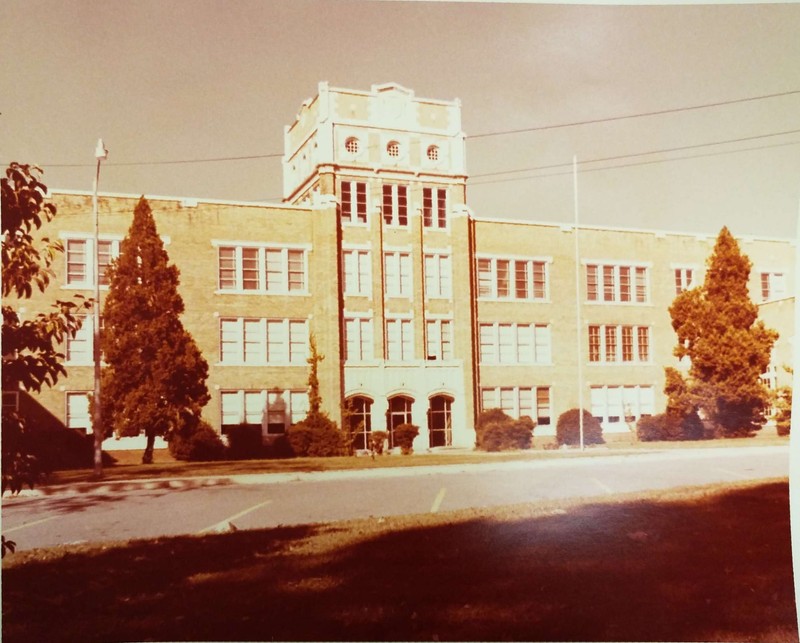
Boyden High students in the school library circa 1940.
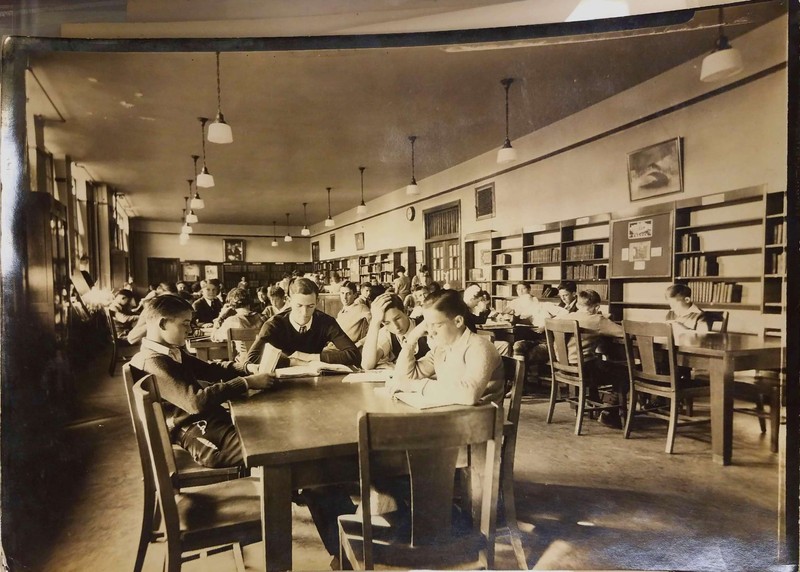
Boyden High School Scrapbook created by Rosalind Earle, a senior during the 1954-1955 school year.

Herman Anderson, a Freshman, became one of three African-Americans to desegregate Boyden High in 1964
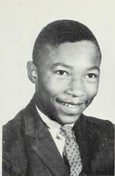
Deborah Anderson, a Junior, became one of three African-Americans to desegregate Boyden High in 1964
.jpg)
Betty Pharr, a Freshman, became one of three African-Americans to desegregate Boyden High in 1964
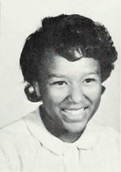
Black and White students in Boyden High School's library and learning lab in 1969.
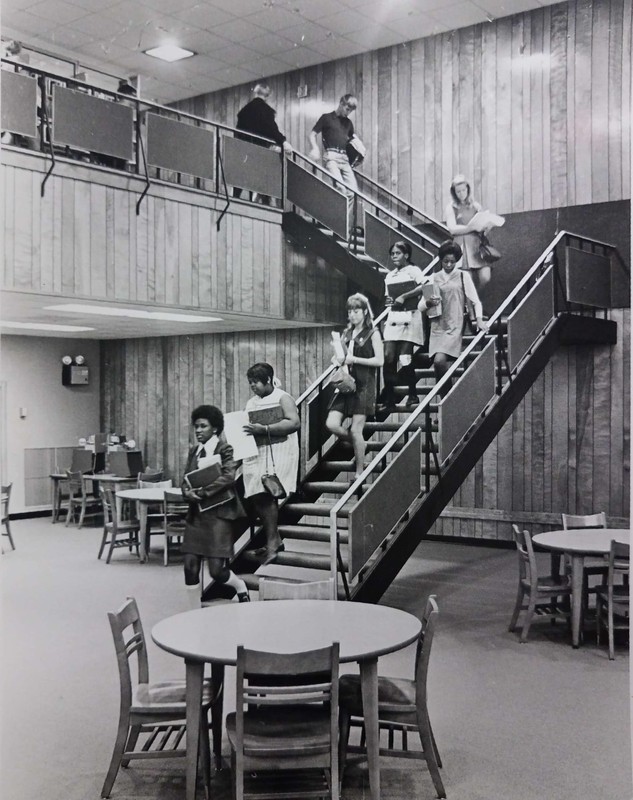
Black and White students in Boyden High School's library and learning lab in 1969.
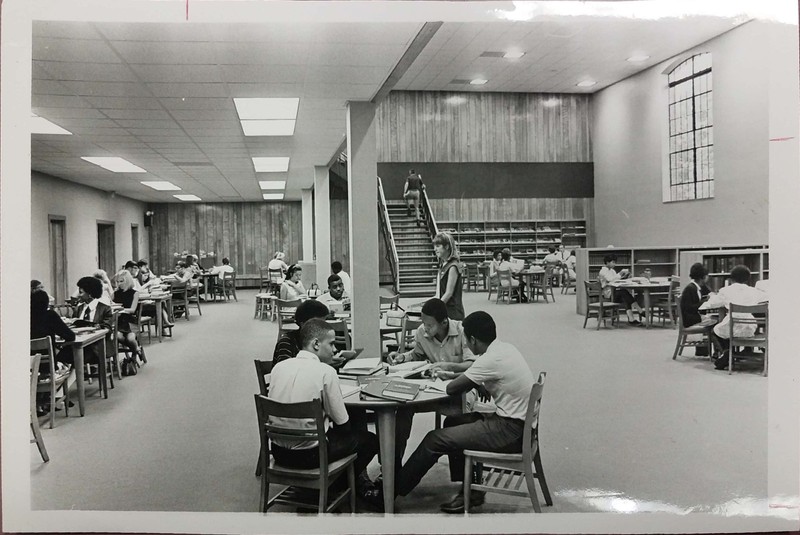
Announcement of the full integration of Boyden High School (renamed Salisbury High) in the 1969-1970 school yearbook, The Echo.
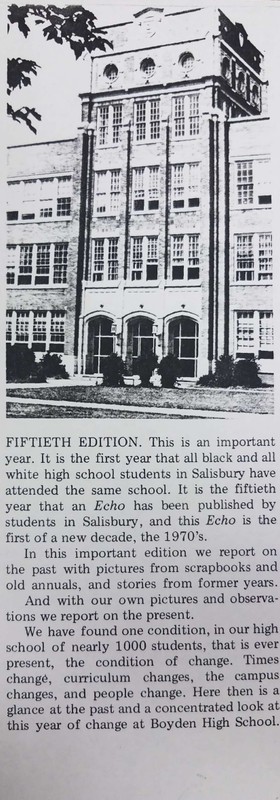
Backstory and Context
Text-to-speech Audio
Housed in a Collegiate Gothic-style building, Boyden High School fulfilled a dream of Salisbury residents in 1926. The White community of Salisbury wanted to improve the public high school and create a modern educational facility. The new high school opened as Salisbury High School and later renamed in honor of Colonel Archibald Henderson, a critical figure in the development of the high school. Since its start in 1926, Boyden operated as a White high school while African-American students attended J.C. Price High School.
In the 1920s, while the city school board made plans for Boyden High School, the board initiated programs to improve Black and White schools in the area. Monroe Street School, a Black school that housed elementary and high school grades, split into two different schools. The Rosenwald Fund supported the construction of the new African-American high school in 1923. In 1932, the city built a new building on 1300 West Bank Street to accommodate the increasing student body. The new school became J.C. Price High School, named after the founder of Livingstone College, Joseph C. Price.[1]
For decades the schools educated students separately until 1964, when three African-American students registered at Boyden High School. The Civil Rights Act of 1964 prohibited discrimination based on race, color, religion, sex or national origin. The Salisbury School Board voted to comply with the civil rights law and sent parents in Salisbury a “Choice of School Form” that allowed parents to send their students to whichever high school, Black or White.[2]
Deborah Anderson, Herman Anderson, and Betty Pharr became the first African-American students to attend Boyden High School in 1964.[3] Deborah Anderson entered Boyden High as an 11th grader while Herman Anderson and Betty Pharr entered the 9th grade.[4] Black students continued to attend and graduate from Boyden High School after 1964. The school board of Salisbury voted to fully integrate Price High School into Boyden High 1970. The school became Salisbury High School after the consolidation and continues to educate both Black and White students in the community. Price High School educated African-American children for over thirty years until it closed its doors in 1969.
Sources
[1] “J.C. Price High School,” The National Register of Historic Places, 21 April 2010, https://npgallery.nps.gov/NRHP/AssetDetail?assetID=f1533652-8199-4c5a-bf4e-3b7dd5afd5dd; “Boyden High School,” The National Register of Historic Place,. 23 May 1996, https://npgallery.nps.gov/NRHP/AssetDetail?assetID=e313b46f-88b6-448f-9620-e11d910cfaf6
[2] “Choice of School Form,” Lash Collection, 25 July 1965, Rowan County Public Library, Edith Clark History Room.
[3] “The Echo,” 1964, North Carolina Digital Heritage Center, https://lib.digitalnc.org/record/39865?ln=en#?c=0&m=0&s=0&cv=72&r=0&xywh=-2010%2C-201%2C6560%2C3986.
[4] Notebook #1, Lash Collection, Series 1, Folder 8, Rowan County Public Library, Edith Clark History Room.
Rowan Salisbury School Collection. Rowan County Public Library, Edith Clark History Room.
Rowan Salisbury School Collection. Rowan County Public Library, Edith Clark History Room.
Rowan Salisbury School Collection. Rowan County Public Library, Edith Clark History Room.
The Echo, 1964:https://lib.digitalnc.org/record/39865?ln=en#?c=0&m=0&s=0&cv=72&r=0&xywh=-386%2C-1%2C5904%2C3587
The Echo, 1964:https://lib.digitalnc.org/record/39865?ln=en#?c=0&m=0&s=0&cv=72&r=0&xywh=-386%2C-1%2C5904%2C3587
The Echo, 1964:https://lib.digitalnc.org/record/39865?ln=en#?c=0&m=0&s=0&cv=72&r=0&xywh=-386%2C-1%2C5904%2C3587
Rowan Salisbury School Collection. Rowan County Public Library, Edith Clark History Room.
